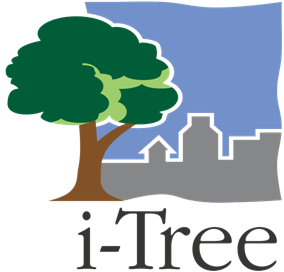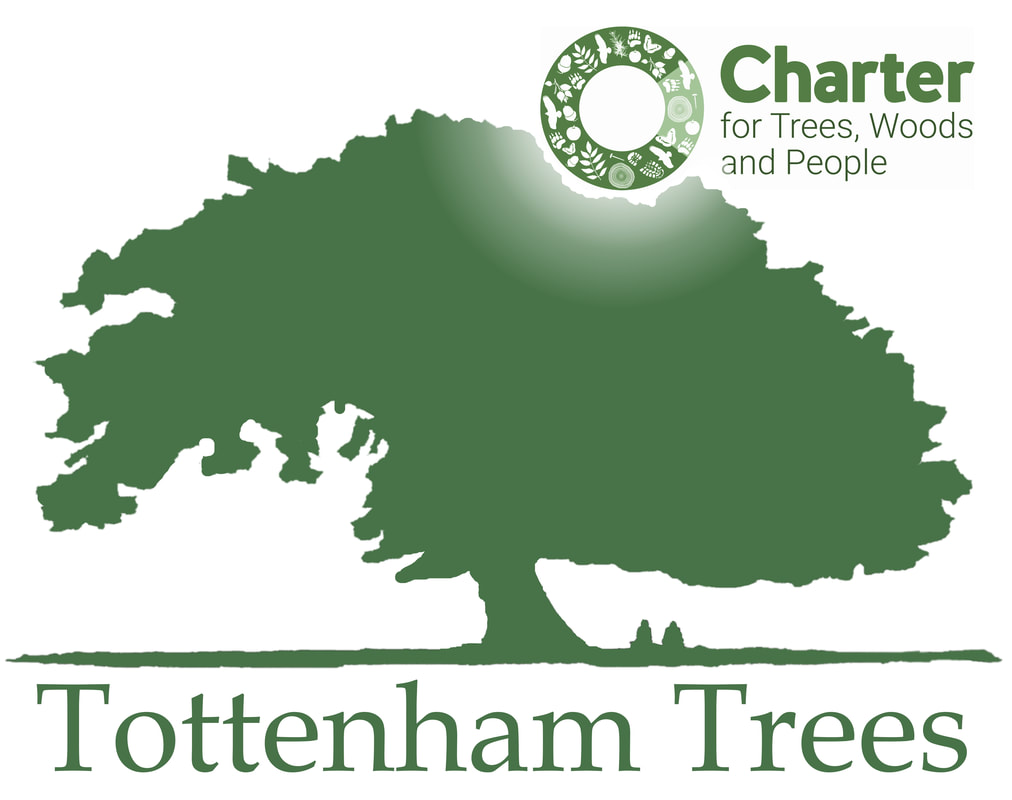iTree:
|
i-Tree Eco
is currently designed to provide estimates of:
Find out more about iTree Eco here
is currently designed to provide estimates of:
- Urban forest structure - Species composition, number of trees, tree density, tree health, etc.
- Pollution reduction - Hourly amount of pollution removed by the urban forest, and associated percent air quality improvement throughout a year. Pollution removal is calculated for ozone, sulfur dioxide, nitrogen dioxide, carbon monoxide and particulate matter 2.5 (<2.5 microns).
- Public health impacts – Health incidence reduction and economic benefit based on the effect of trees on air quality improvement for the United States only.
- Carbon - Total carbon stored and net carbon annually sequestered by the urban forest.
- Energy Effects - Effects of trees on building energy use and consequent effects on carbon dioxide emissions from power plants.
- Avoided runoff - Yearly avoided runoff attributed to trees summarized by tree species or strata.
- Forecasting - Models tree and forest growth over time; considers factors like mortality rates, tree planting inputs, pest and disease impacts and storm effects. Some ecosystem services including carbon and pollution benefits are also forecasted.
- Bio-emissions - Hourly urban forest volatile organic compound emissions and the relative impact of tree species on net ozone and carbon monoxide formation throughout the year.
- Values - Compensatory value of the forest, as well as the estimated economic value of ecosystem services.
- Potential pest impacts - based on host susceptibility, pest/disease range and tree structural value.
Find out more about iTree Eco here


